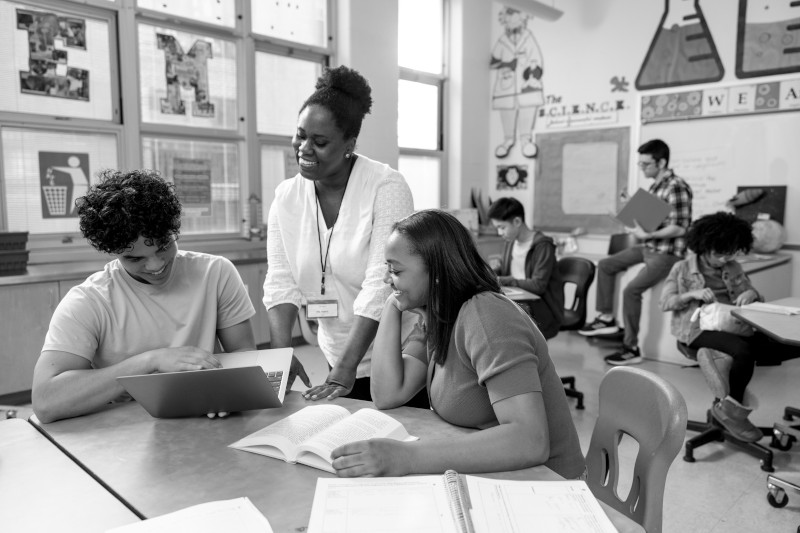- Sales & Support
- +61 2 4225 9698
- [email protected]

What is personalised learning?
July 11, 2018
Guest Blog: Teaching can be a blind alley without accurate assessment
July 19, 20186 ways technology has helped me facilitate student growth

By: Rita Platt, Library Media Specialist, USA
Many educators remember the days (and sometimes long, long nights) before technology became a trusted tool. In those days, we did everything by hand and often from scratch. We developed curricula, assessed students, calculated grades, set up groups, and more all within the confines of our paper planning books. We did it and we did it well, but it was hard!
These days, when there is talk of teaching, the word “technology” almost always enters the conversation. As a veteran teacher, I for one am glad. Educational technology has helped decrease my planning time and stress while facilitating student growth at all levels in ways I never would have thought possible.
Below are six ways technology has helped me and countless others become better teachers in less time and with less stress.
1. Quicker assessments, access to data, and data analysis. The best assessments are often low-stakes, local, and quick. Computer-adaptive nationally normed reading and maths tests can fit that bill. Our district uses Renaissance Star Reading™ to track students’ paths to mastering grade-level standards. They take about 20 minutes, they can be administered as frequently as a teacher likes, and they provide easy-to-read reports.
2. Better systems for differentiation. It is increasingly easy for teachers to differentiate instruction based on need. Online assessments allow teachers to quickly decide on strategies that will increase learning and close gaps. Further, there are myriad user-adaptive programs, activities, and games available as apps or on the web for teachers to augment instruction while meeting all children at their own academic and interest levels.
3. Opportunities to increase student ownership of learning. The data we can gather thanks to technology can be used to help students monitor their own learning. Teaching students to set, monitor, and meet academic goals is a life skill that will serve them well. This ownership of learning and self-efficacy frees up invaluable time for teachers, as students become the primary drivers of their own learning.
4. Meaningful methods of motivation. When it comes to teaching and learning, motivation is the name of the game. The best teachers are good salespeople, but instead of selling goods, they sell ideas. Make no mistake—it is your job to motivate, persuade, and get children to believe they want what you’re selling them. If you want your students to learn from you, the key is to figure out how to make them want to learn from you. Technology can excite and engage students about a topic or subject. For more on motivation, check out the Motivation Toolkit at We Teach We Learn.
5. Targeted professional development options. Today, it is easier than ever to get the professional development we need to be better teachers. Online courses, learning modules, videos, professional websites, Twitter chats, and more all allow personalised professional growth. Check out this list of do-it-yourself professional development options for ideas.
6. Easier ways to communicate with families. Technology has doubtlessly made communication easier, which in turn can make relationships stronger. Teachers can harness the power of social media, text, and email to reach out to students, families, and the community at large in real time.
Effective teachers use three questions to guide their daily practice: What do my students know? What do they need to know? How can I get them there? Technology helps teachers answer all three questions, allowing quick, focused assessment, planning, and teaching for deep learning that helps all students achieve academic success. Whether you’re using one of the above strategies or all of them, the technology revolution is likely making your job easier and less stressful. Imagine what is next!



